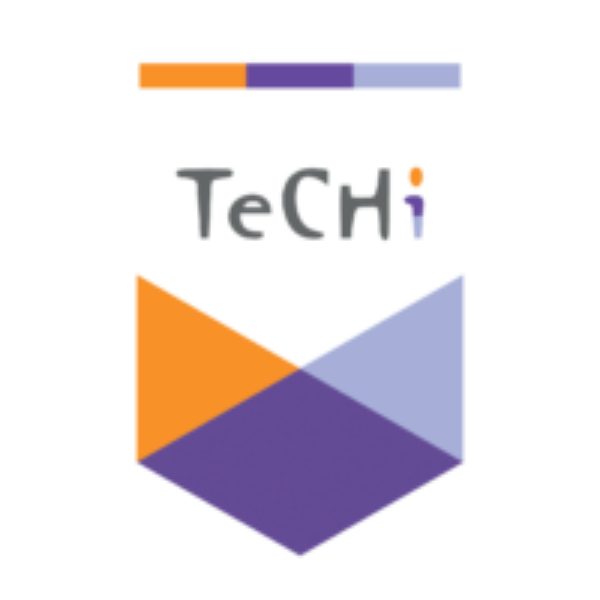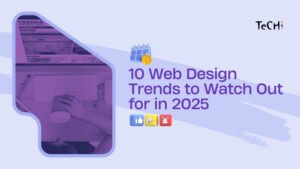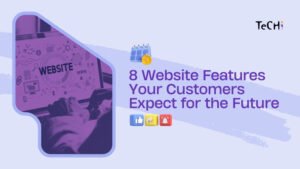
1. Idea Generation and Brainstorming with ChatGPT
In the initial stages of web design, conceptualizing and generating innovative ideas can often be a challenging task. This is where ChatGPT can significantly enhance the creative process by acting as a virtual brainstorming partner. Leveraging advanced AI, ChatGPT can provide a wellspring of design inspirations rooted in current trends. Whether you are looking for suggestions on layout structures, color schemes, or thematic elements, ChatGPT offers a plethora of options to jumpstart your creative engine.
One of the standout features of ChatGPT is its ability to curate mood boards that encapsulate the essence of your design vision. By analyzing a few key inputs, such as the target audience and desired atmosphere, ChatGPT can craft a visual representation that serves as a foundational guide for your project. This visualization can be crucial in aligning team members and stakeholders on a unified design direction.
Moreover, ChatGPT excels in suggesting user personas, which are instrumental in tailoring the web design to meet user needs. By providing detailed persona profiles, including demographic information, preferences, and behavioral patterns, ChatGPT helps you create a user-centered design that resonates with the target audience. This AI-driven approach ensures that the design is not only aesthetically pleasing but also functional and user-friendly.
To further aid in the brainstorming process, ChatGPT can link you to invaluable resources on contemporary design trends and tools for creating detailed user personas. By integrating these resources, you can stay ahead of industry standards and continuously evolve your design strategies.
Images of mood boards and concept sketches generated through ChatGPT’s assistance can provide a tangible representation of the brainstorming process. These visual aids not only enhance the creative workflow but also facilitate effective communication within your team, ensuring that everyone is on the same page.
Automated Coding Assistance
In the realm of web design, one of the most transformative applications of ChatGPT is its ability to offer automated coding assistance. This AI-powered tool can generate boilerplate code for HTML, CSS, and JavaScript, significantly reducing the time spent on routine tasks. By leveraging ChatGPT, web designers can streamline their workflow and focus on more creative aspects of design and development.
For instance, if you need a basic HTML structure, ChatGPT can swiftly generate the required code
Beyond generating boilerplate code, ChatGPT can also aid in debugging. When faced with a problematic code snippet, you can input the code into ChatGPT, which will analyze it and suggest potential fixes. For example, if you encounter a CSS issue where elements are not aligning correctly, ChatGPT can pinpoint common errors and propose solutions, such as adjusting the flexbox properties or fixing syntax errors.
Moreover, ChatGPT can offer comprehensive explanations and solutions to common coding issues, making it an invaluable tool for both novice and experienced web designers. The AI’s ability to provide contextual solutions not only enhances productivity but also contributes to a deeper understanding of coding principles.
To further explore the capabilities of ChatGPT in web design, you can refer to the following code repositories and documentation:
Web Dev For Beginners – Microsoft
By integrating ChatGPT into your web design workflow, you can harness the power of AI to automate coding tasks, debug efficiently, and ultimately produce cleaner, more effective code.
Content Generation and SEO Optimization with ChatGPT
In the dynamic world of web design, creating compelling and SEO-optimized content is crucial. ChatGPT can significantly enhance this aspect by generating high-quality content tailored to your specific needs. Whether you require engaging landing pages, informative blog posts, or persuasive product descriptions, ChatGPT can deliver content that resonates with your audience.
One of the key advantages of using ChatGPT for content generation is its ability to infuse SEO best practices seamlessly. By suggesting relevant keywords, meta descriptions, and even alt text for images, ChatGPT ensures your content is not only engaging but also optimized for search engines. This dual approach enhances your website’s visibility and drives organic traffic.
For example, when creating a landing page, ChatGPT can suggest impactful headlines, subheadings, and body text that includes strategically placed keywords. This not only improves readability but also aligns with SEO strategies. Additionally, ChatGPT can generate meta descriptions that are concise and keyword-rich, further boosting your on-page SEO efforts.
To illustrate, consider a sample landing page for a web design service. ChatGPT can craft a compelling introduction, highlight key features, and suggest a call-to-action that encourages visitor engagement. By incorporating relevant keywords naturally, the content becomes both user-friendly and search engine-friendly.
Furthermore, ChatGPT’s ability to assist with SEO extends beyond just content creation. It can provide insights into keyword trends, suggest long-tail keywords, and even recommend tools for deeper SEO analysis. For more comprehensive guidance, you can explore resources such as SEMrush and Moz.
For additional insights on content creation and SEO strategies, you can refer to our blog post on content creation tips and our guide to effective SEO strategies. These resources offer a wealth of information to further enhance your web design workflow.
User Experience (UX) Enhancements
Improving user experience is a cornerstone of successful web design projects. Leveraging AI, specifically ChatGPT, can significantly enhance this aspect by providing actionable insights derived from user feedback. ChatGPT’s ability to analyze vast amounts of user data enables designers to identify pain points and areas for improvement, such as navigation menus or form simplification.
For instance, consider a case study involving an e-commerce website struggling with high cart abandonment rates. By utilizing ChatGPT to analyze user comments and behaviors, the designers were able to pinpoint cumbersome navigation as a primary issue. Before the intervention, the site had a multi-layered menu system that confused users. After ChatGPT’s analysis, a streamlined, intuitive menu was implemented, resulting in a 30% increase in completed purchases.
Another example includes a financial service platform where users frequently abandoned form submissions. ChatGPT analyzed the feedback and suggested reducing the number of required fields and enhancing the form’s layout for better usability. The before-and-after impact was remarkable, as the form completion rate improved by 40%, demonstrating the profound effect of these user experience enhancements.
Incorporating these AI-driven insights aligns well with established UX design principles. For instance, ensuring simplicity, providing clear navigation, and maintaining consistency are all areas where ChatGPT can offer constructive recommendations. Additionally, integrating tools for user testing, such as UserTesting, can complement the insights provided by ChatGPT, offering a comprehensive approach to user experience enhancement.
Ultimately, the synergy between ChatGPT’s analytical capabilities and traditional UX design principles fosters a more intuitive and user-friendly web environment. This collaborative approach not only improves usability but also enhances overall user satisfaction and engagement.
Client Communication and Feedback
Effective communication with clients is crucial for the success of any web design project. ChatGPT can significantly enhance this aspect by assisting in drafting professional emails, crafting detailed project updates, and generating comprehensive reports based on client feedback. This not only saves time but also ensures that all communications are clear, concise, and tailored to the client’s needs.
One of the key advantages of using ChatGPT in client communication is its ability to simulate interactions. This feature allows web designers to prepare thoroughly for meetings or presentations by anticipating client questions and formulating appropriate responses. By leveraging AI, designers can conduct mock discussions that help refine their communication strategies, leading to more productive and confident client interactions.
Moreover, ChatGPT can aid in the creation of communication templates and feedback forms. These tools can be customized to fit the specific requirements of each project, ensuring that every piece of correspondence is aligned with the overall project goals. Integrating such templates into the workflow can streamline the communication process, making it more efficient and error-free.
To further enhance your client communication practices, consider exploring best practices for client relations and project management. Our article on best practices for client communication offers valuable insights and strategies. Additionally, our blog post on project management tips provides useful guidance on managing client relations effectively.
Utilizing ChatGPT in your web design workflow not only improves the quality of client communication but also builds stronger, more collaborative relationships. With the support of AI, web designers can ensure that all client interactions are professional, timely, and aligned with project objectives, ultimately leading to higher client satisfaction and successful project outcomes.





